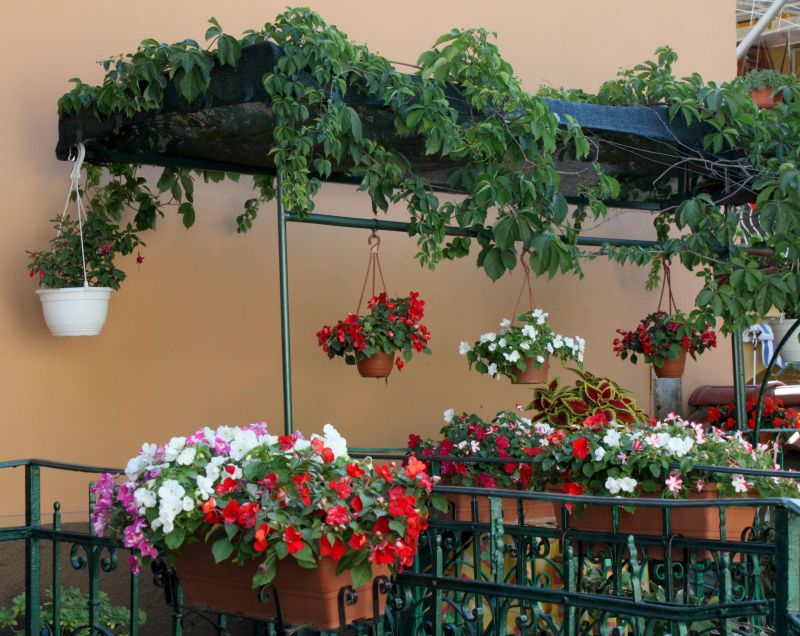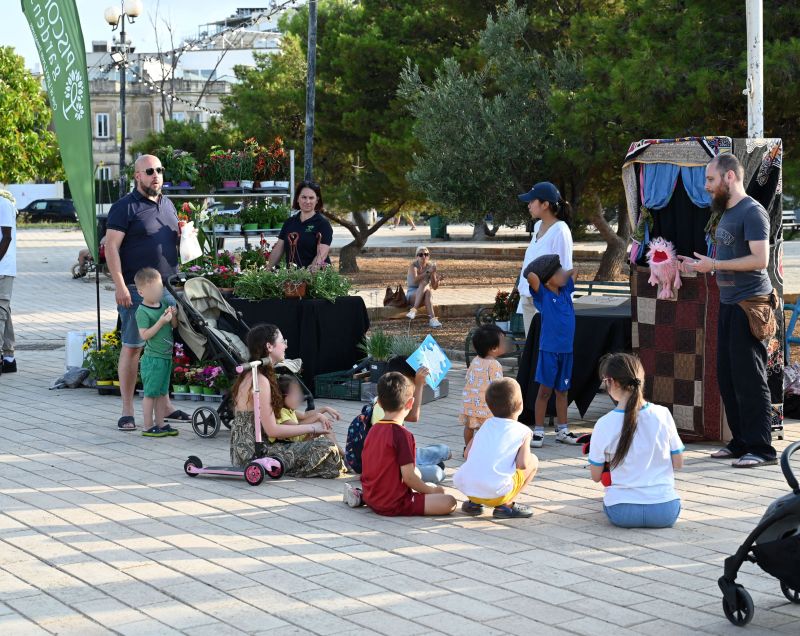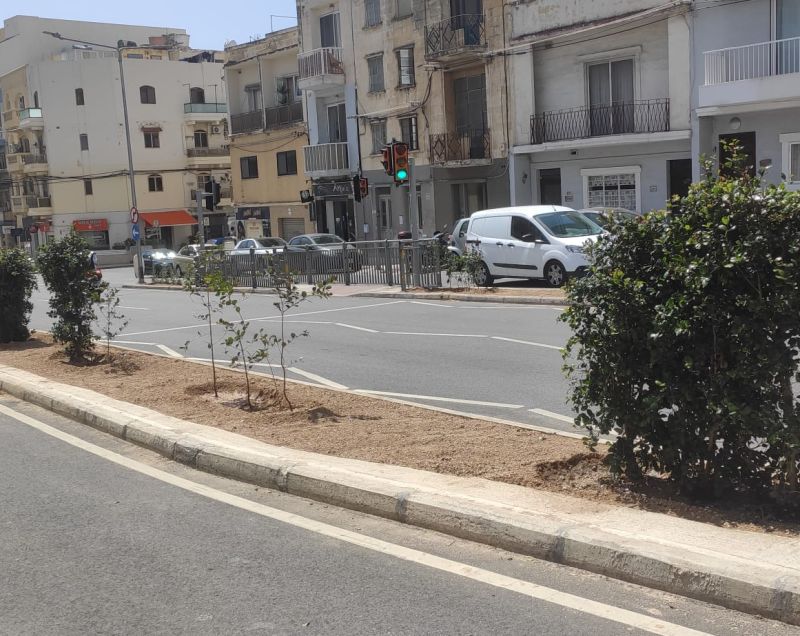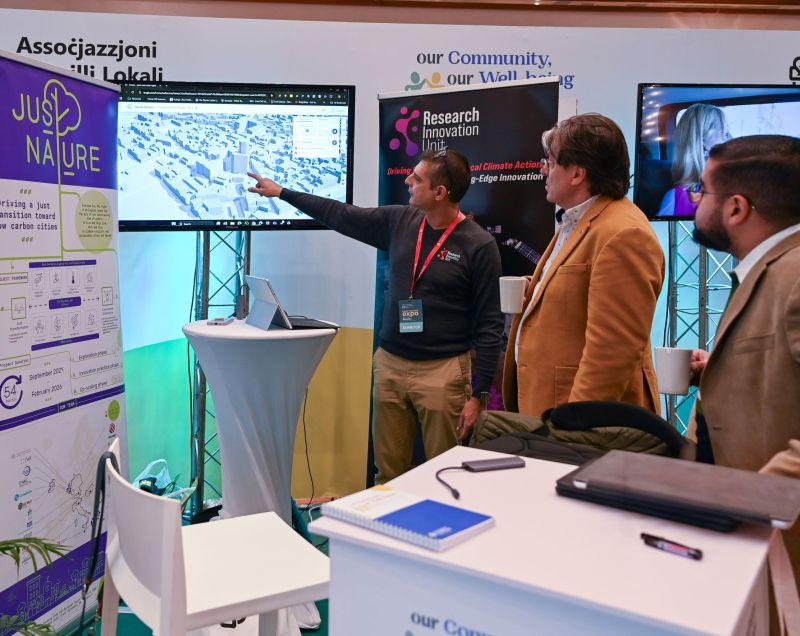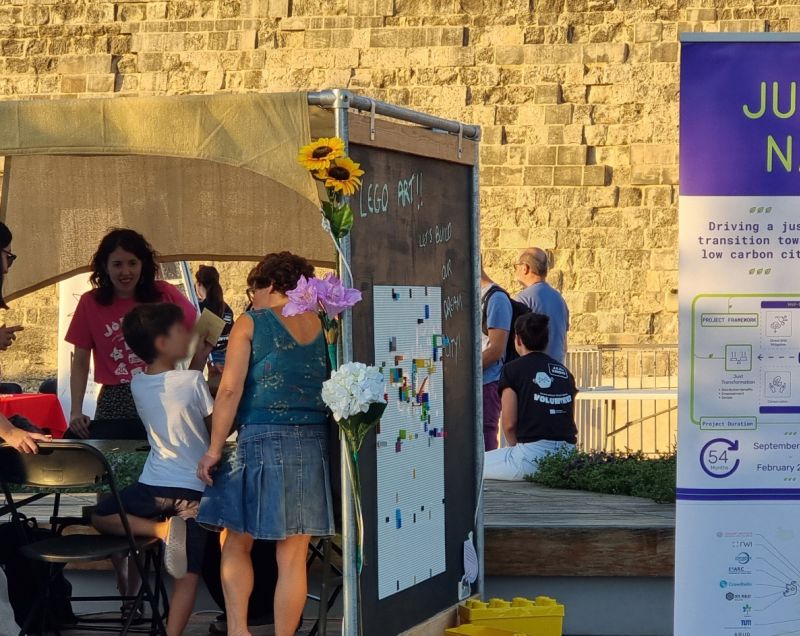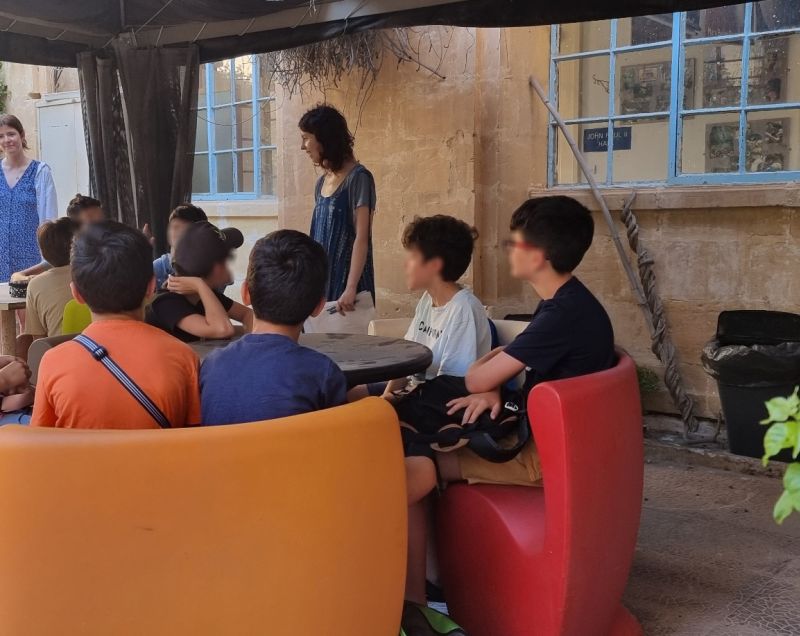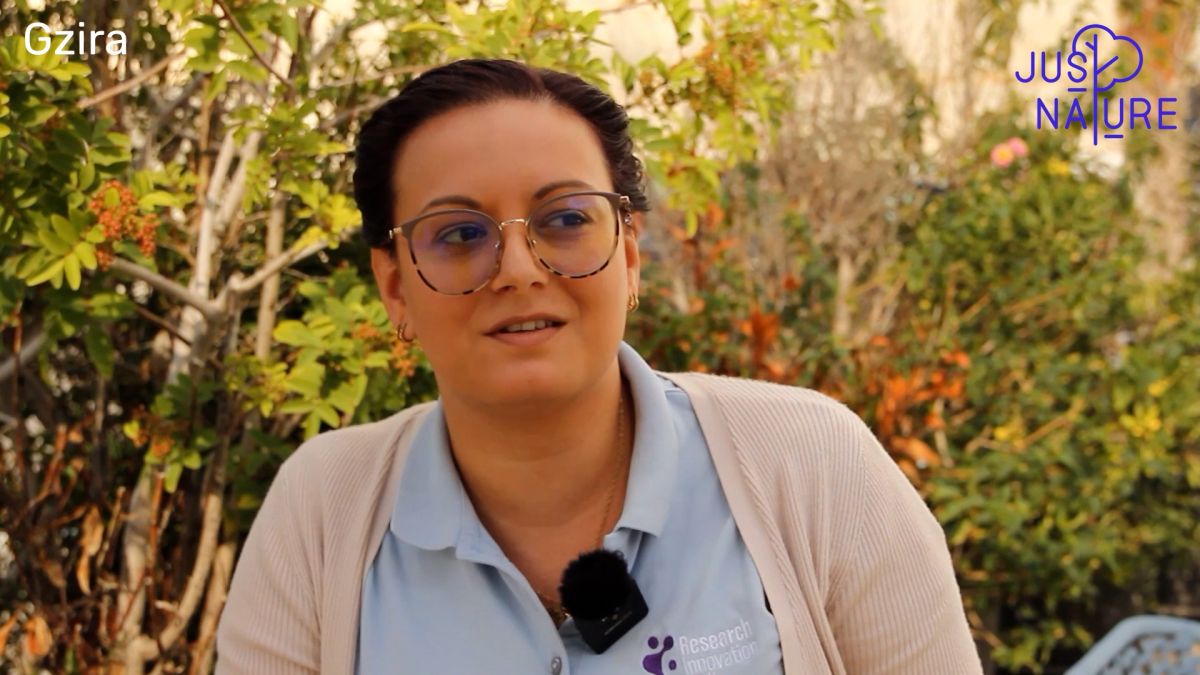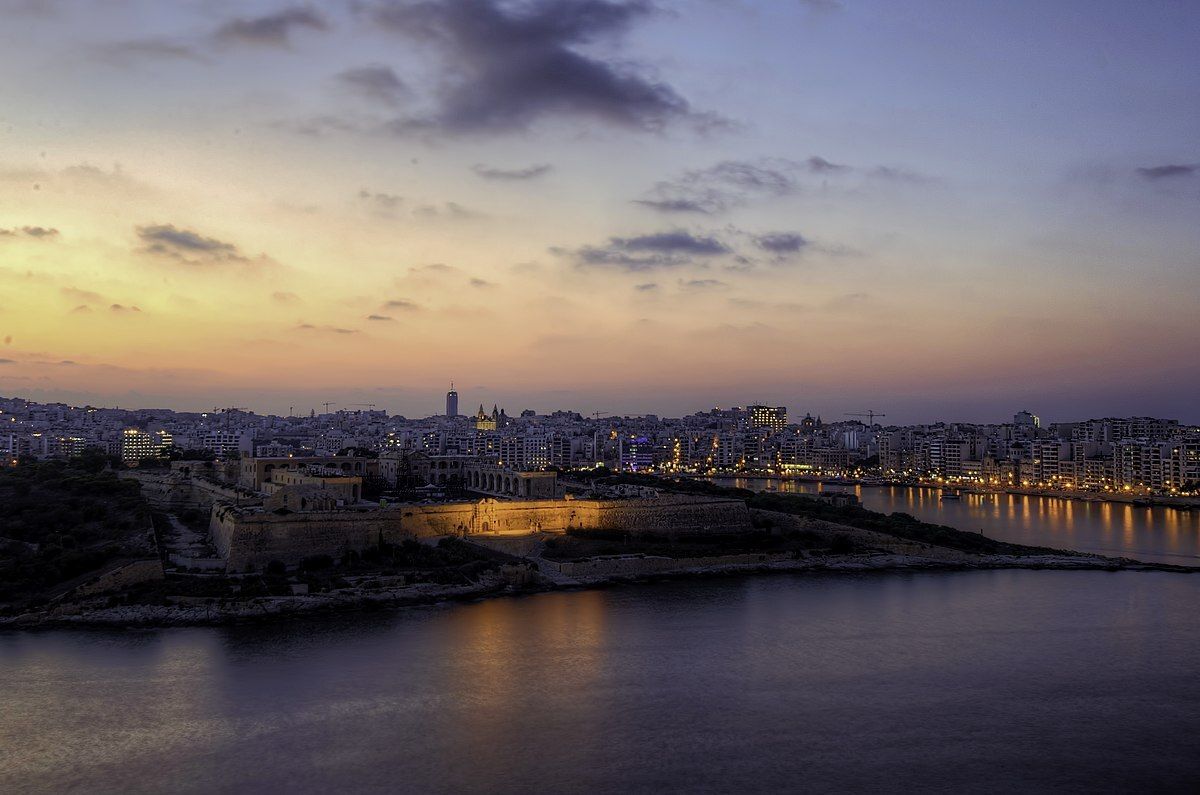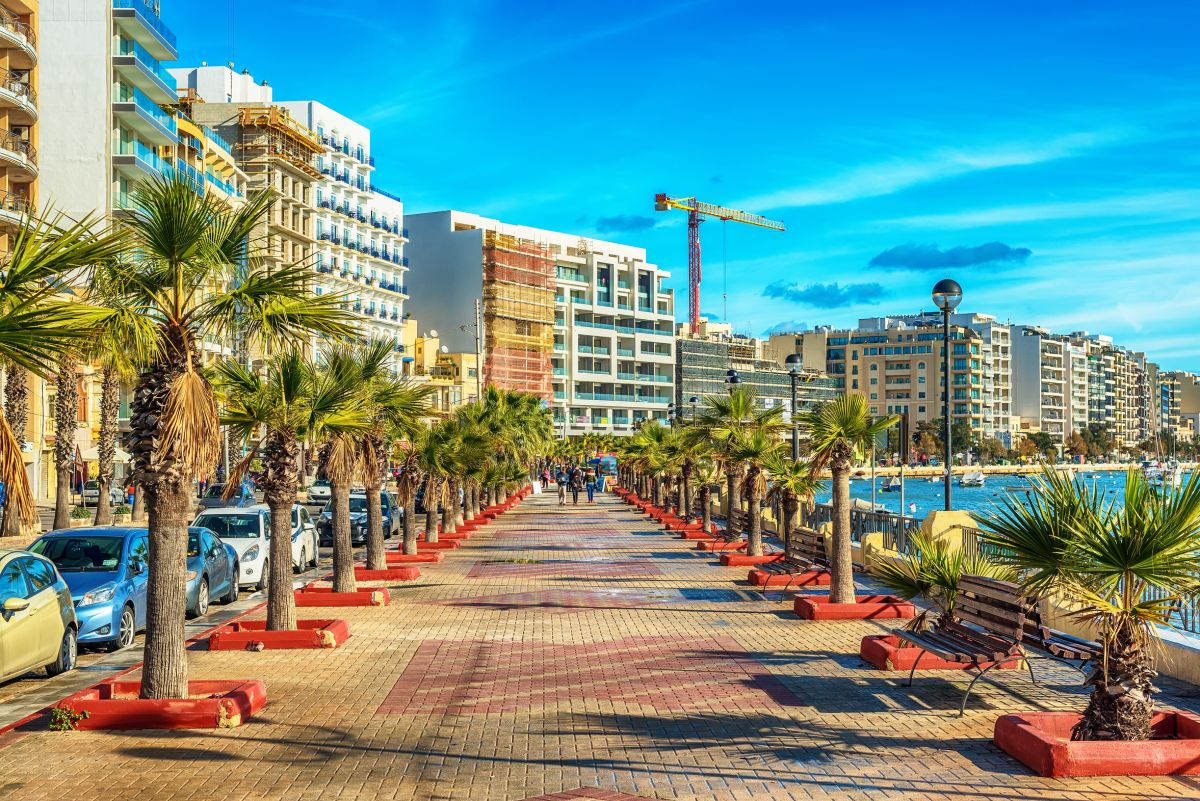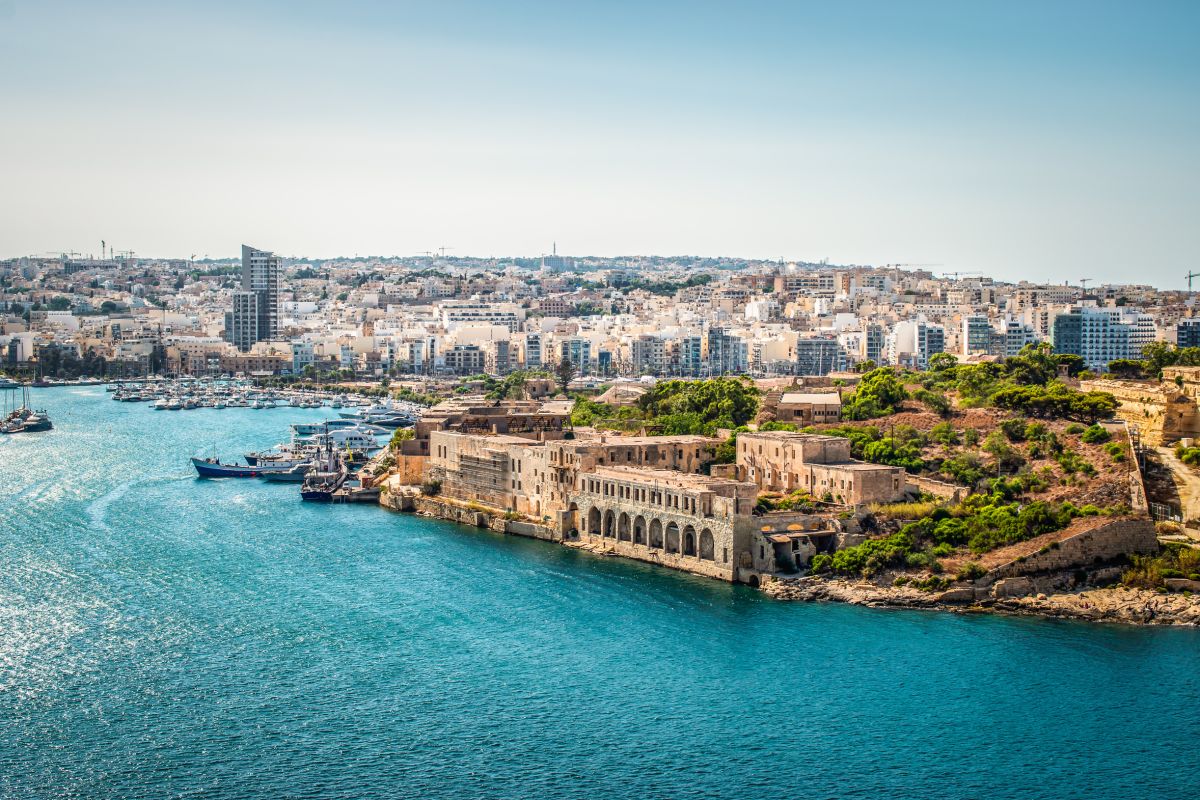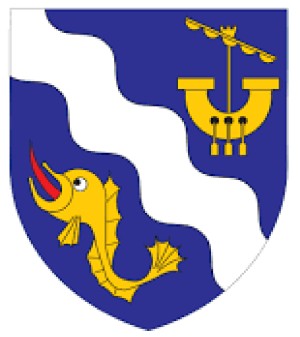The City
Gzira is a small city in the central region of Malta with a population of around 13,000 inhabitants. The city covers approximately 0.6km2, within basin-type terrain that is partially at sea level. Malta itself is an island state subdivided into 68 localities each administered by a local council. Besides the open waterfront, Gzira's green and open spaces are mainly composed of recreational fields, urban green areas like Luna Park. The lack of sustainable urban master planning and integration of green has led to a densely built environment including all buildings and narrow streets that also houses substantial air pollution and Urban Heat Island effects.

